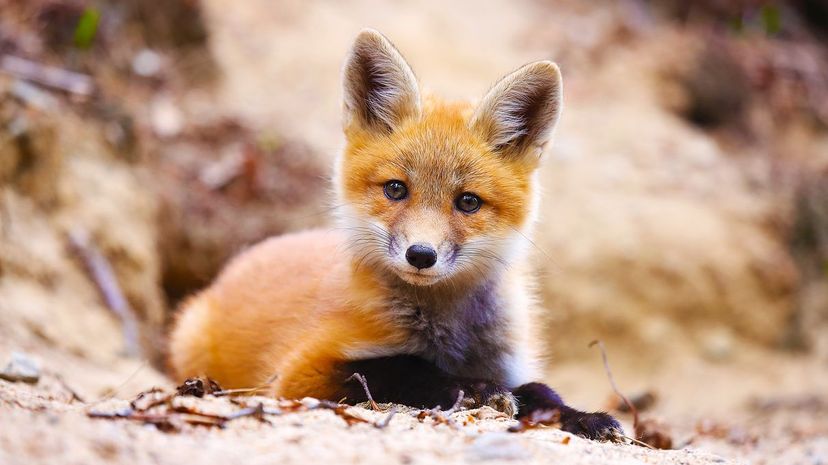
About This Quiz
Nature can be brutal, but it can also be just downright adorable.
The world's many charming critters tend to leave us just as warm and fuzzy inside as they are on the outside. While at first glance it may just seem like a visual preference, there's a bit of science behind why humans find fluffy creatures so irresistible.
Like other animals, humans are known to care for their young. We do this out of instinct, but also because the innocent characteristics of babies tugs at our heartstrings. That feeling causes a similar reaction when we come across baby animals - especially cute and cuddly looking ones. But while babies typically grow out of their distinct adorable qualities as they venture toward adulthood, some animals carry these features throughout their entire lives, meaning they are "permanently cute" in our eyes. A koala doesn't outgrow its fuzzy coat, hummingbirds don't lose their little feathers, and adult alpacas stay covered in a thick coat of fleecy fur. Our attachment to our young expanding to other beings is one theory for why humans continue to love the forever fluff with which many creatures are blessed.
Do you think you have what it takes to name these 40 especially furry cuties? Test your knowledge of the fuzziest of those in the animal kingdom and see if you can get all 40 correct!

Hamsters can run just as fast backward as they can run forward. Hamsters are born with a full set of teeth - the same set of teeth they carry throughout their lives.

Chow Chows are said to be one of the most loyal breeds of dogs. While many dogs may get easily excited around new human visitors, Chow Chows tend to act indifferent, preferring attention from their owners.
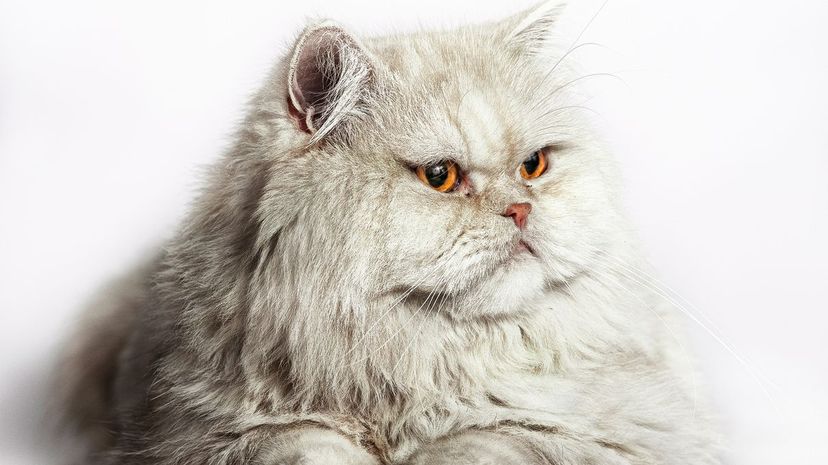
Persian cats are thought to have come from regions in the Middle East. Compared to different breeds, Persian cats are known for having longer lives than other types of domestic cats.
Advertisement

Red pandas are endangered, with fewer than 3,000 left living in the wild. Most red pandas (roughly 80%) are found living near bodies of water, typically no more than 300 feet away.
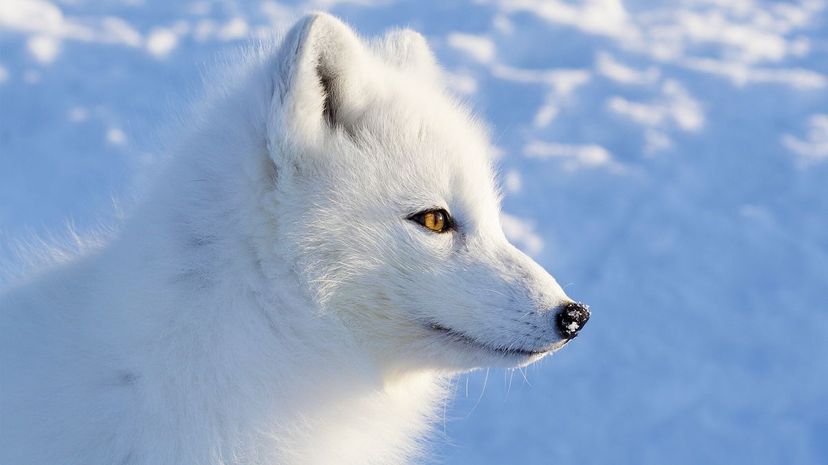
Arctic foxes are covered in a very thick layer of fur to protect them from the frigid climates they call home. Their fur changes color during the different seasons. It is white during winter and changes to brown when the snow starts to melt.
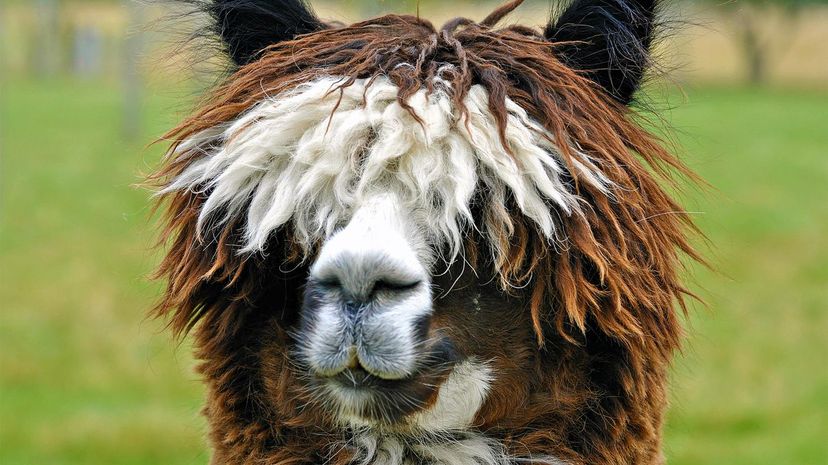
Alpacas are native to South America and can only be found living in the wild in a select few countries. Alpacas are farmed for their fur, which can be categorized into four groups: Baby, Royal, Very Soft and Adult.
Advertisement

There are only an estimated 10,000 adult snow leopards left living in the world, making them a vulnerable species on the ICUN Red List. However, from 2003 to 2016, the snow leopard population increased, proving that a species can bounce back.
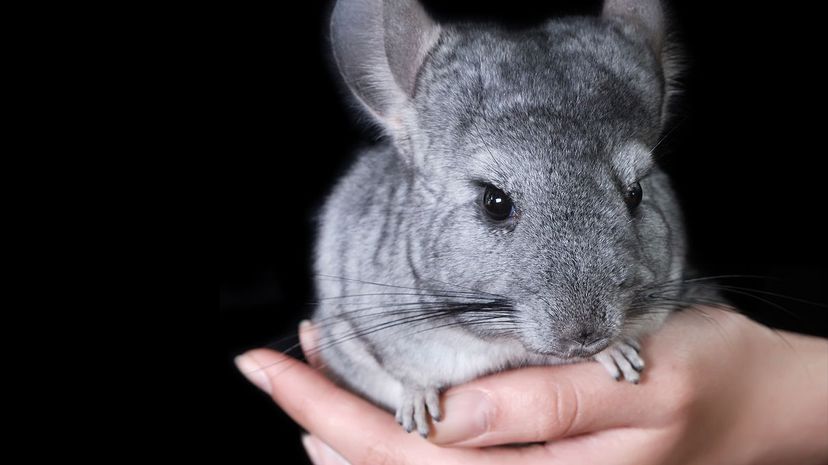
Chinchillas can be found living in the Andes Mountain region. Chinchillas, on average, live to be between 10 and 18 years old. These animals first became domesticated beginning in the 1920s.

Lemurs are one of the few types of animals that exist by living together in a matriarchy, which means a female is the leader of the group. The biggest threat to lemurs is deforestation, with around 90% of the jungle in their home country of Madagascar destroyed.
Advertisement
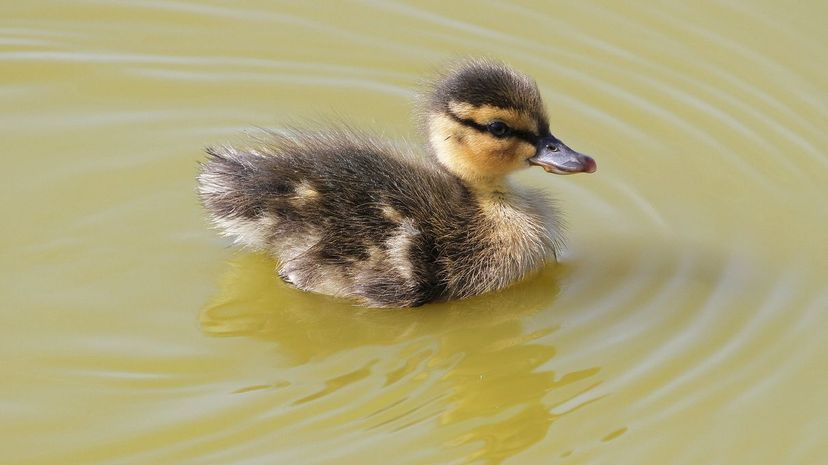
The webbed feet of ducks enables them to glide more smoothly while in the water. A duck uses its beak to capture prey, and since they don't have teeth, ducks consume their meals by swallowing them whole.
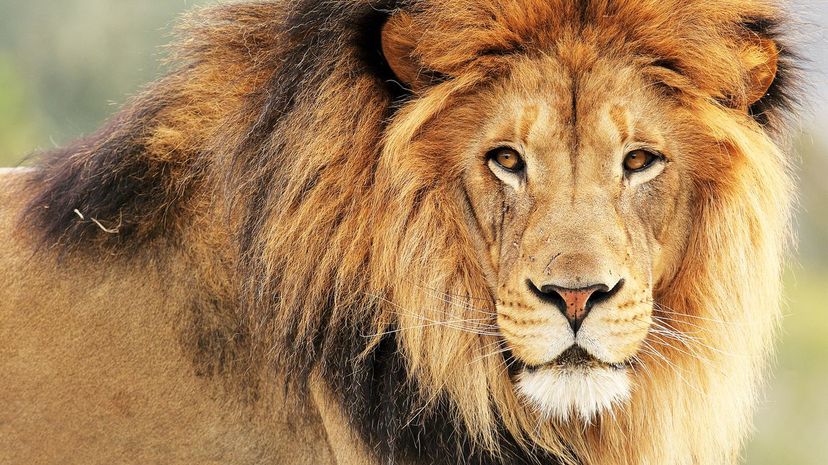
Lions live alongside one another in small groups known as prides. Lion cubs get plenty of social activity with other young lions, which helps these animals strengthen their hunting skills.
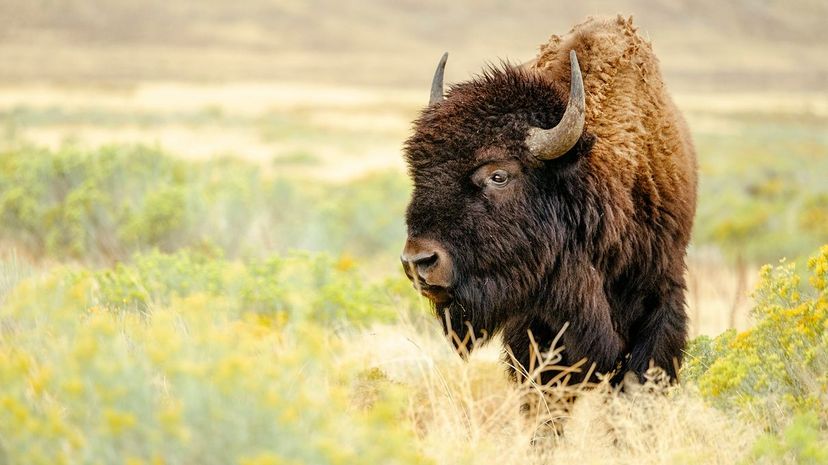
Bison are known for being the largest mammals in North America. Once they reach adulthood, male bisons can grow to weigh as much as 2,000 pounds, while females can reach a whopping 1,000 pounds.
Advertisement
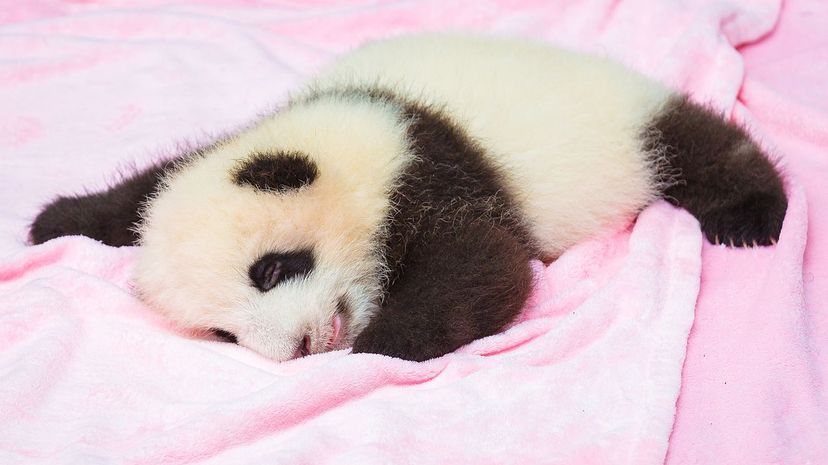
Ninety-nine percent of a giant panda's diet is bamboo. These animals can consume up to 66 pounds in a single day. When born, giant pandas only weigh about as much as a mouse, or just .001% of their mother's weight.
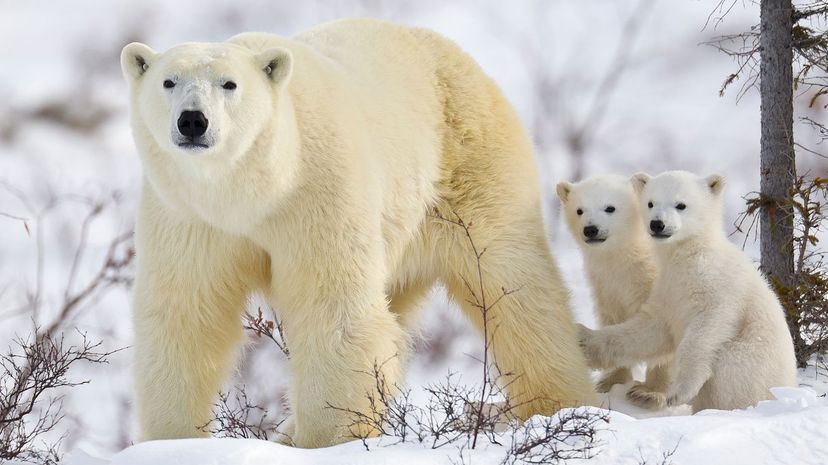
To survive the harshness of winter, polar bears dig dens to stay warm. With global warming being a huge factor in their decline, polar bears are thought to face extinction within the next 30 years.

The ostrich is known for being the biggest bird on the planet, growing nearly 6.5 feet in height. Ostriches can reach speeds of up to 42 miles per hour when running. They can live up to 70 years.
Advertisement

As one of the largest species of owls in the world, snowy owls can have a wingspan stretching nearly 55 inches in length. Due to their size, snowy owls don't have very many natural predators.
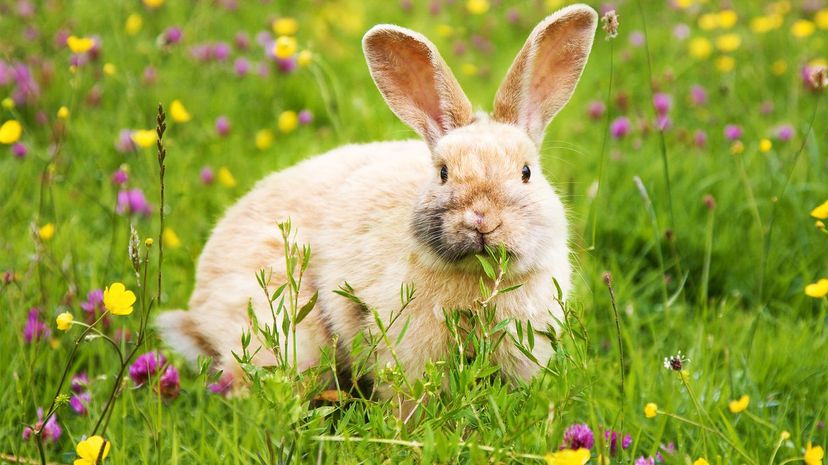
There are more than 50 different species of rabbits, though the number continues to increase thanks to the animal's selective breeding process. Female rabbits give birth to around six babies at a time.
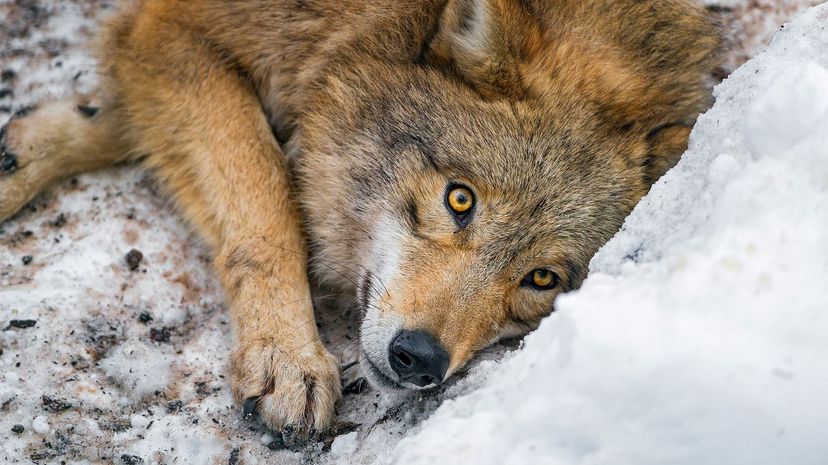
Wolves are commonly considered to be survivors of the Ice Age, with the first appearance of the animals estimated to be about 300,000 years ago. Wolves can interbreed with several other similar animals, such as coyotes and dogs.
Advertisement
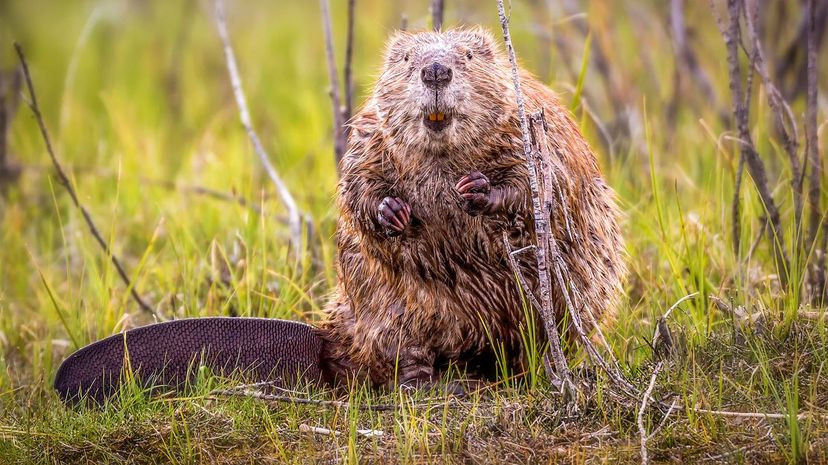
While beavers may not be the fastest animals on land, they are known for being excellent swimmers and can even hold their breath underwater for up to 15 minutes. Beavers feed on wood that they store underwater during winter months.
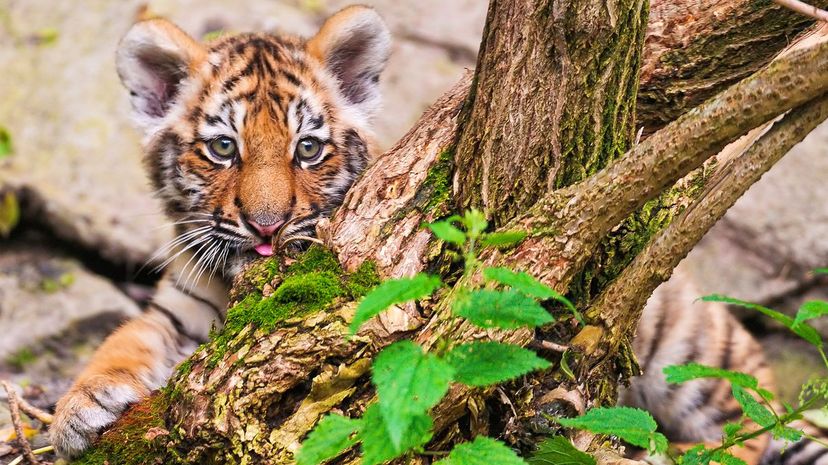
As the largest felines in the world, tigers have been known to weigh as much as 660 pounds. They prefer to live as solitary creatures, meaning they don't hunt together in groups like some other big cats do.

Brown bears are known for being exceptionally fast creatures for their size, reaching speeds up to 35 miles per hour. The primary diet of brown bears includes fish, vegetation and small mammals.
Advertisement
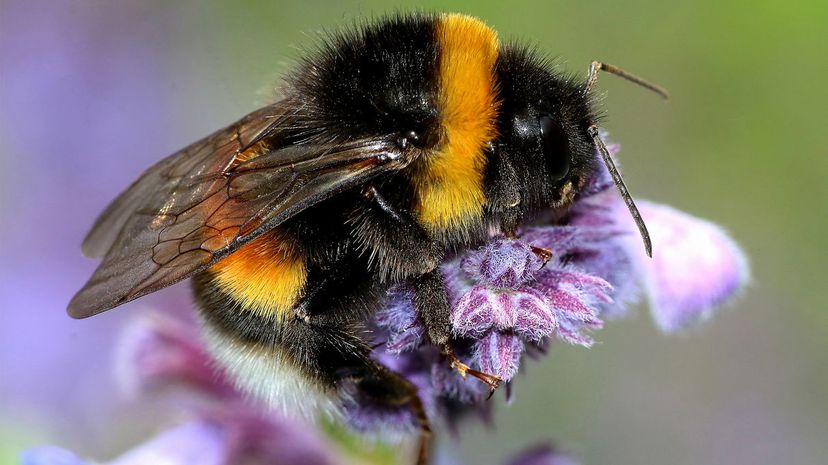
Only female bumblebees have stingers on their tails, which can be used only once to defend themselves. The bumblebee is threatened with extinction due to pollution over the years and habitat loss, which makes them one of just a small handful of insects to face extinction.
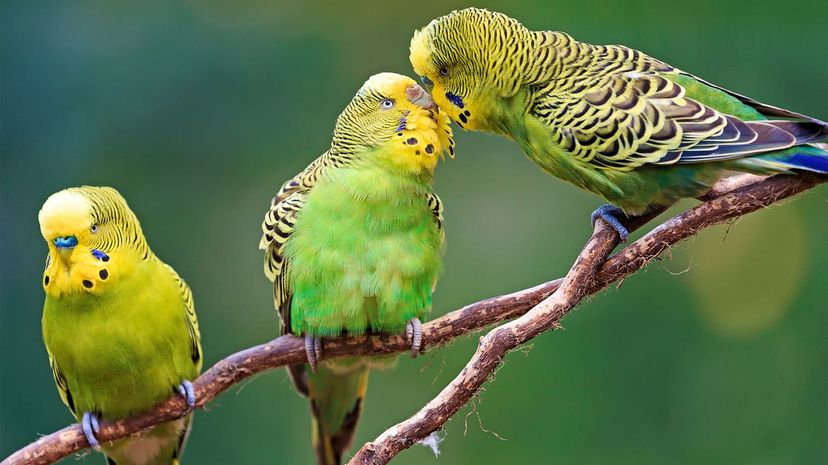
Parakeets are one of the few species of birds that don't build nests for their eggs. Instead of creating a nest, a female parakeet will search for the perfect hole in a tree to lay her eggs.

Being the fastest mammals across the globe, cheetahs have been known to reach speeds of up to 70 miles per hour. The color of fur for different subspecies of cheetahs depends on their environment.
Advertisement

It's thought that ferrets are native to Europe, though as common pets, they can now be found all over the world. Ferrets were first domesticated roughly 2,500 years ago (the same amount of time as donkeys and goats have been domesticated).
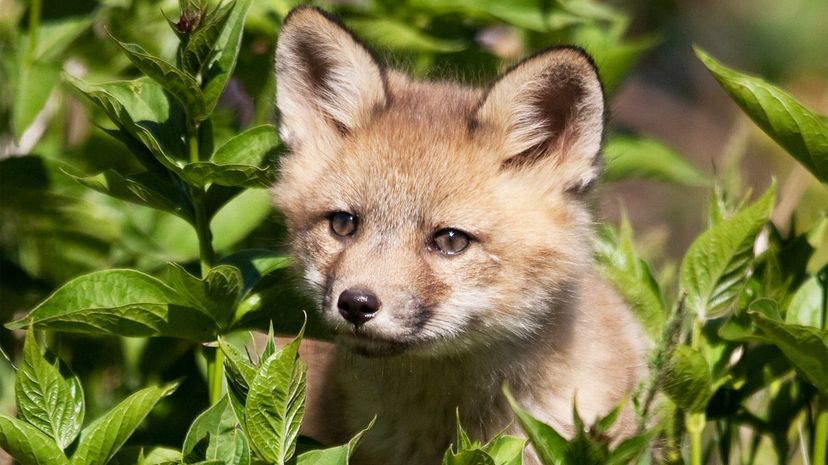
All over the world, there are 12 different species of foxes. Foxes are nocturnal creatures, meaning they rely on nighttime settings to hunt, feeding on birds, insects, mice and other small mammals.
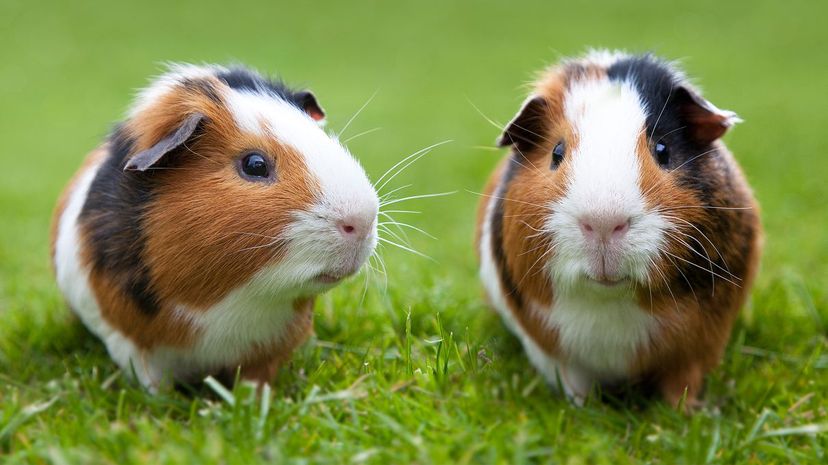
In order to communicate with one another, Guinea pigs use a series of chirps, squeaks and burbles. Guinea pigs don't typically close their eyes when they fall asleep.
Advertisement
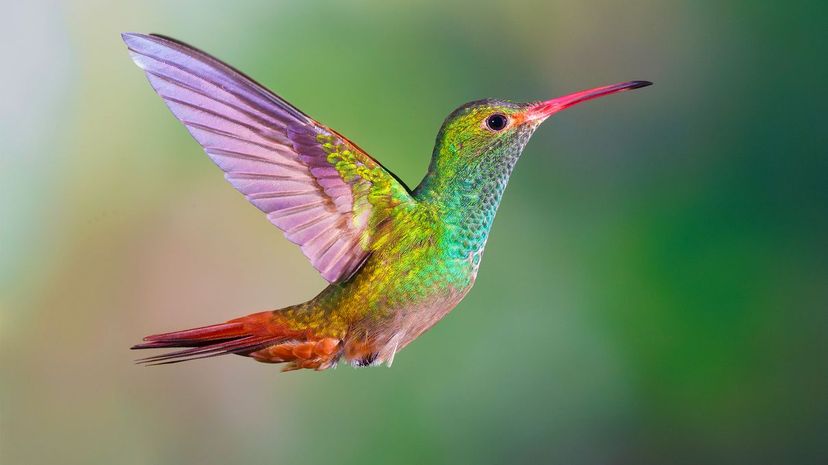
Hummingbirds are the smallest species of birds in the world, making them vulnerable prey for snakes, lizards and larger birds. A hummingbird's wings can beat as fast as 80 times per minute.
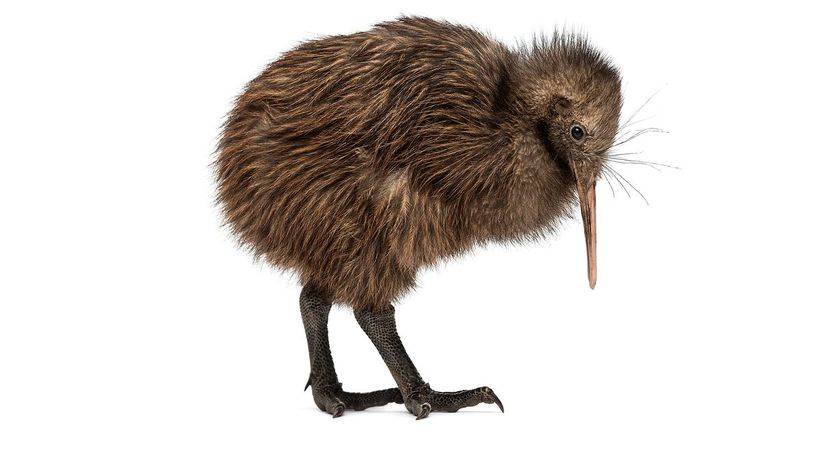
A kiwi's diet consists primarily of worms, insects, fruit and spiders. New Zealand is the only place in the world where you can find kiwis. They live in lush forests and jungles in the country.
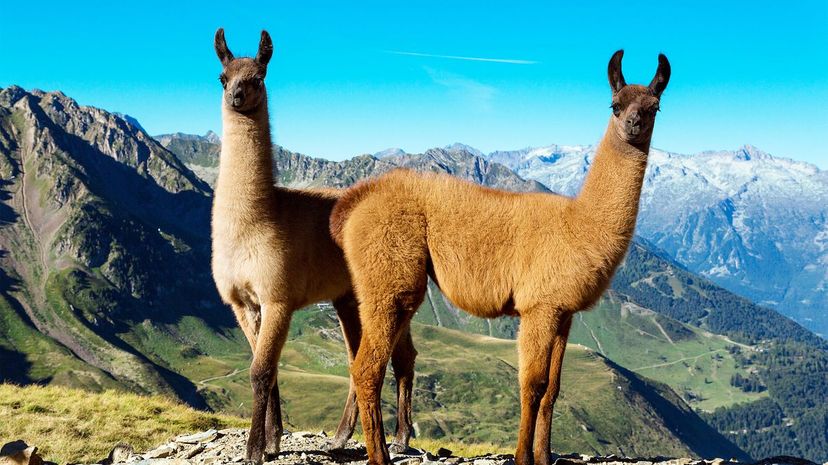
Llamas are known for their long necks and bodies covered in a thick layer of fur. A llama will usually spit in front of other llamas to assert its dominance.
Advertisement
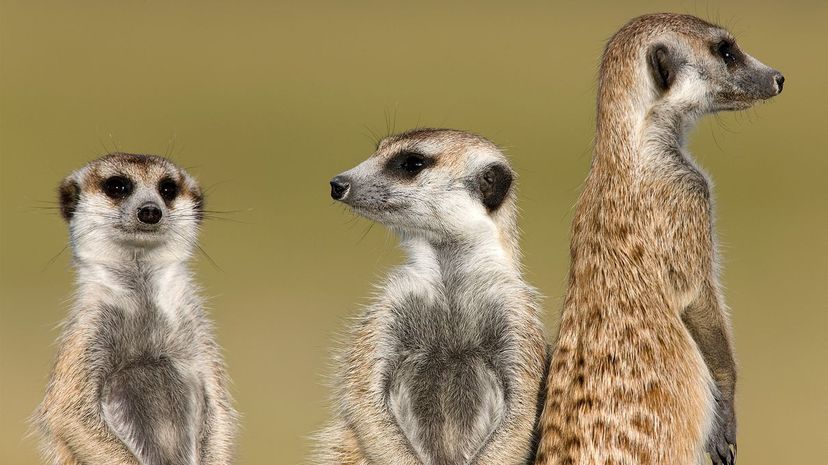
Meerkats exist in communities alongside other meerkats, where they take turns keeping watch over the group and look out for predators. When danger is spotted, the guarding meerkat warns others by sounding an alarm.
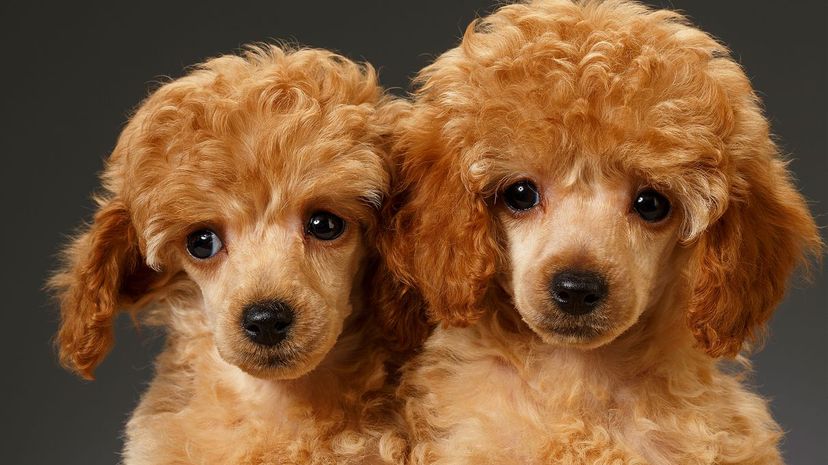
Poodles first originated in France, and they are commonly considered as being very friendly with people. This breed of dog makes great watchdogs, and poodles are also known to be very easy to train.
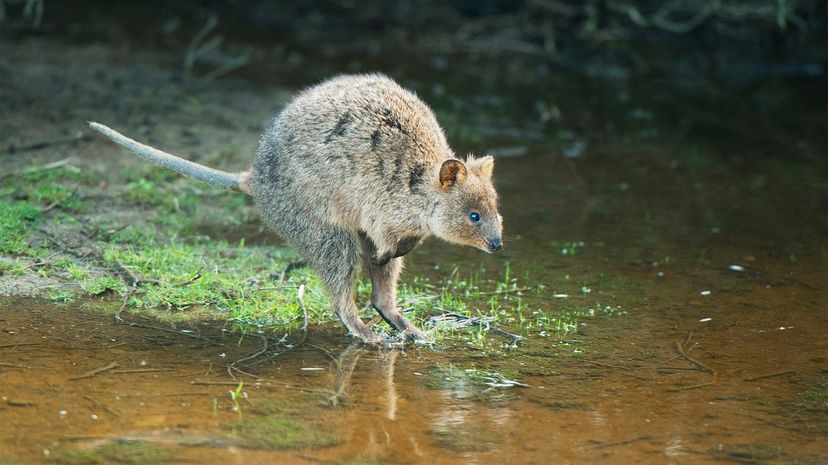
Quokkas are native to Australia, and they live on a strictly vegetarian diet. Whenever quokkas feel threatened by a predator, they quickly hop throughout grass tunnels they've created to escape danger.
Advertisement
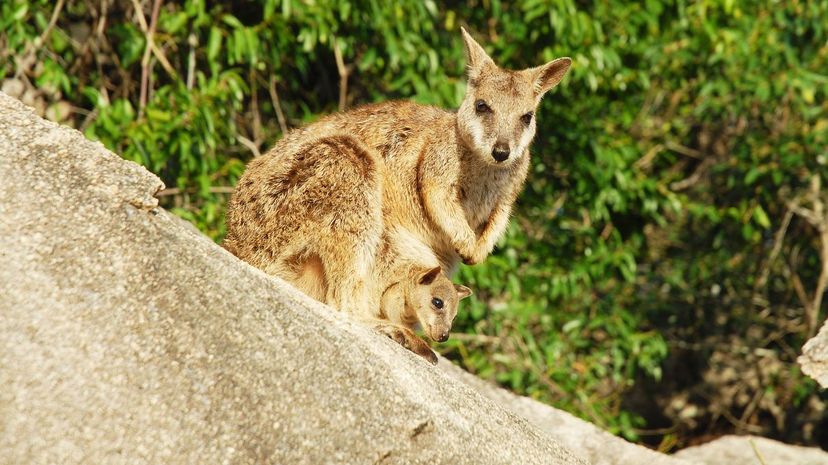
Wallabies are a type of marsupial that look very similar to kangaroos, though they are naturally smaller. Wallabies are still known for being one of the larger mammals in their environment, meaning they don't face too many predators.
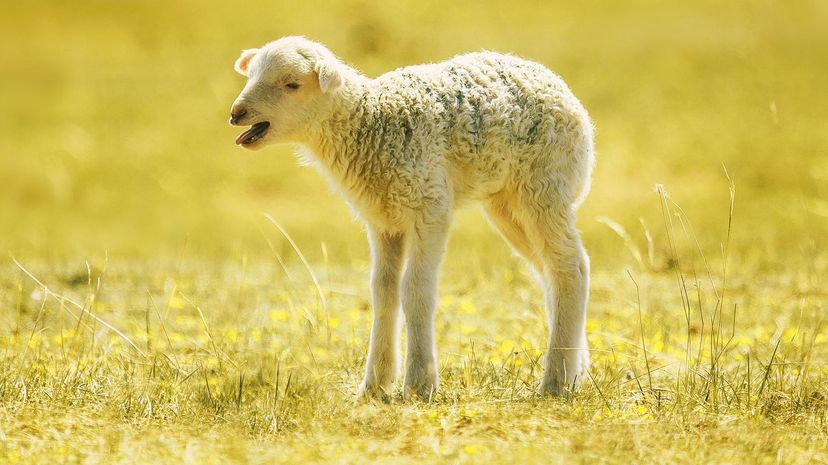
Humans rely on sheep for their wool and meat, and these animals are one of the first known domesticated creatures in the world. There's an estimated 35 million sheep living in the English countryside alone.
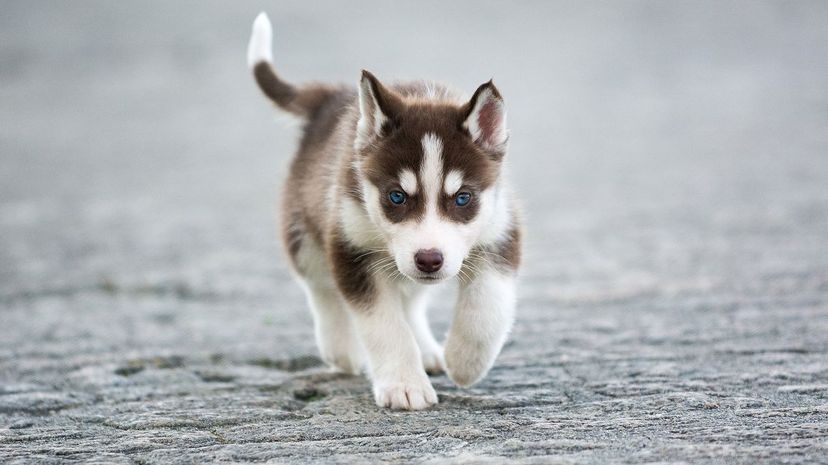
A Siberian husky's fur can keep it nice and warm when faced with sub-zero temperatures. Siberian huskies are known for being extremely friendly to people, including strangers.
Advertisement

A koala is known to spend the majority of its time sleeping, with nearly 80% of the day dedicated to napping in eucalyptus trees. Koalas are both nocturnal and solitary creatures.

Wombats are a kind of marsupial that spend the majority of their time underground. Threatened by habitat loss, their number has declined over the years and today wombats are considered to be an endangered species.

While raccoons may get the negative stigma of being filthy, these animals have been known to carefully wash their food before eating. Raccoons have 40 teeth and are quite adept at opening and closing trash receptacles while foraging for food!
Advertisement
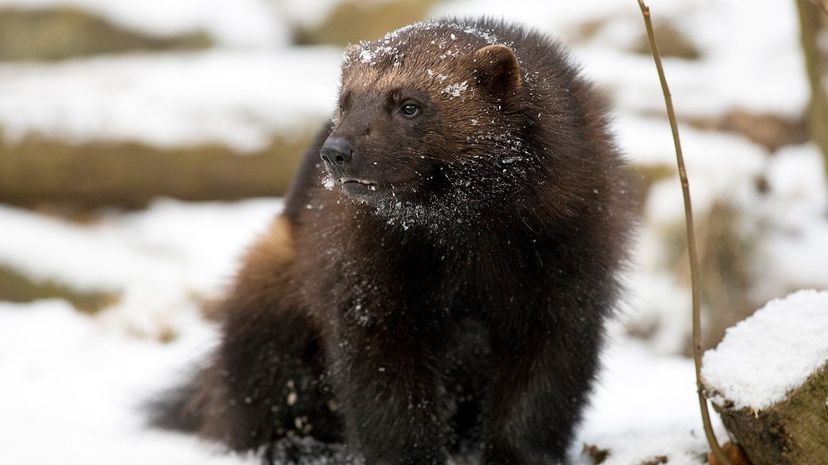
A wolverine's appearance is similar to that of a bear, only these animals are much smaller. Wolverines are extremely territorial, fighting any other wolverine challenger that threatens their home.